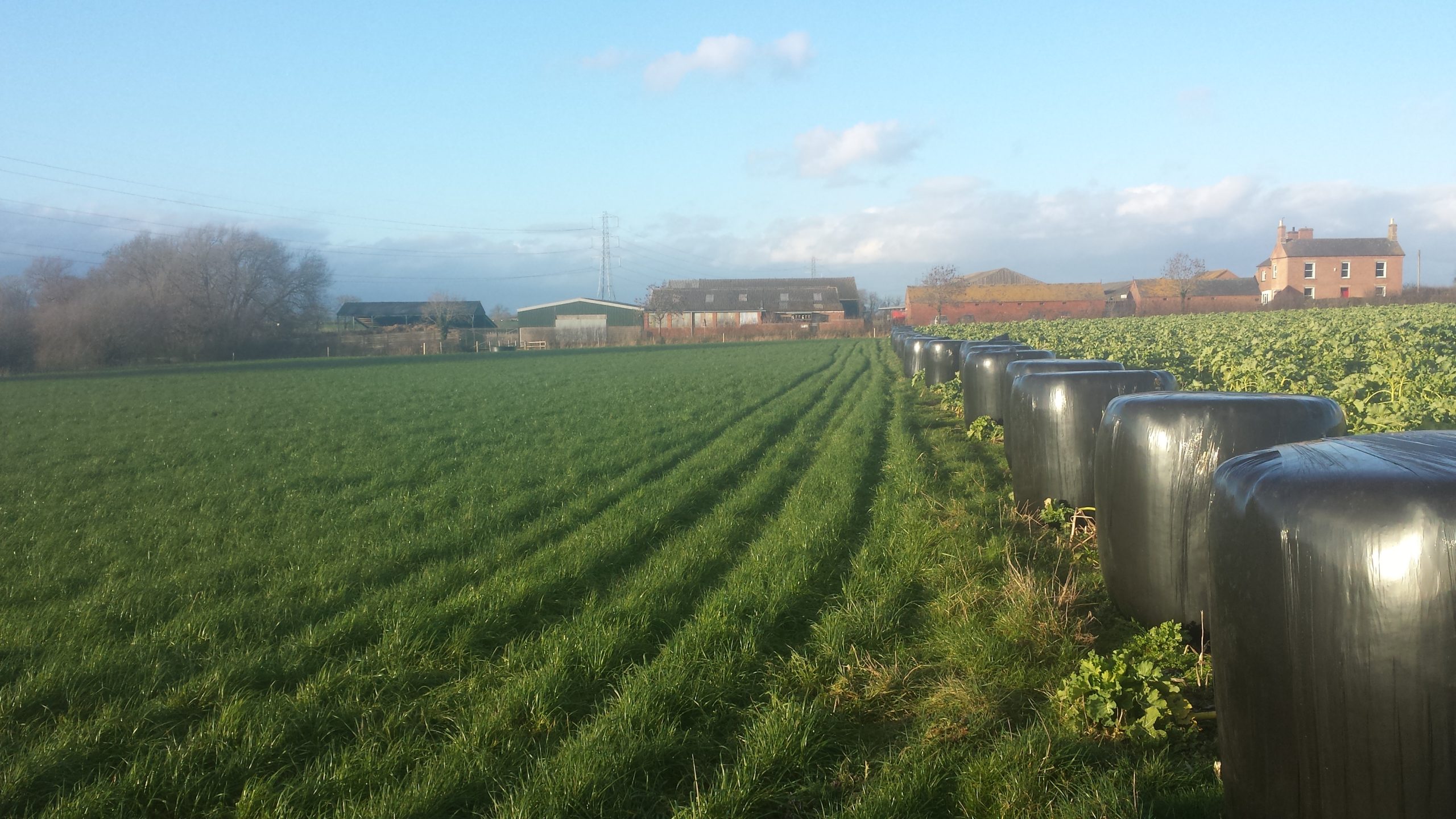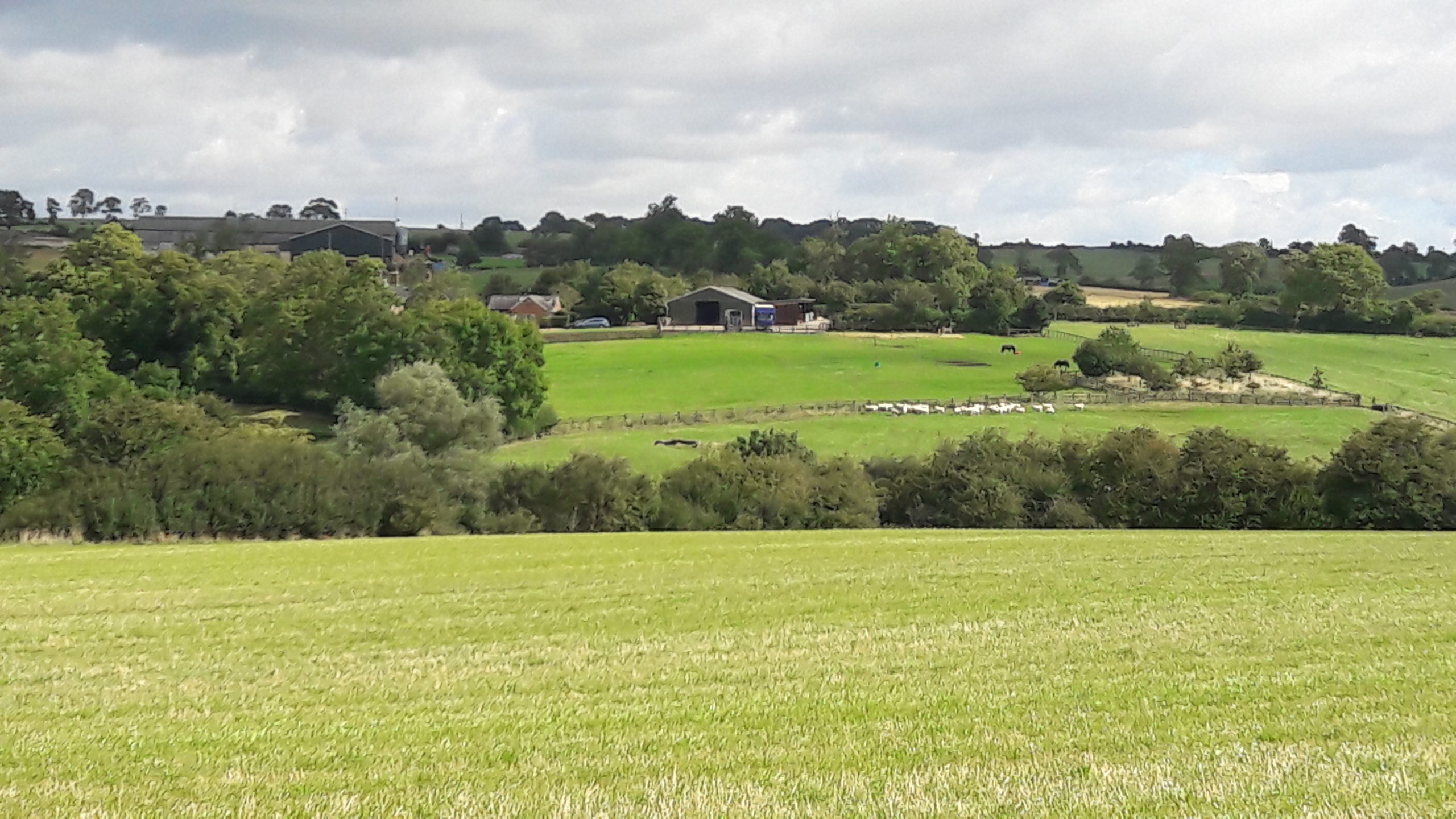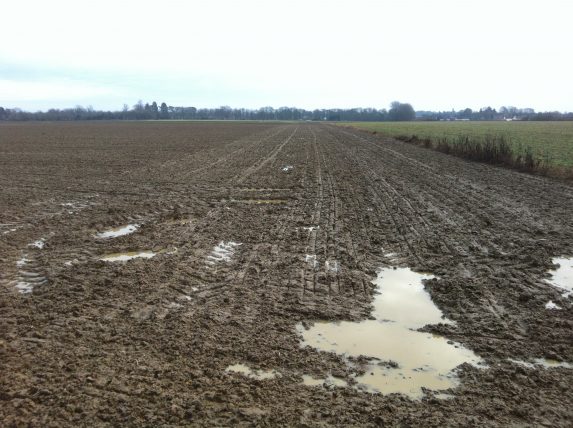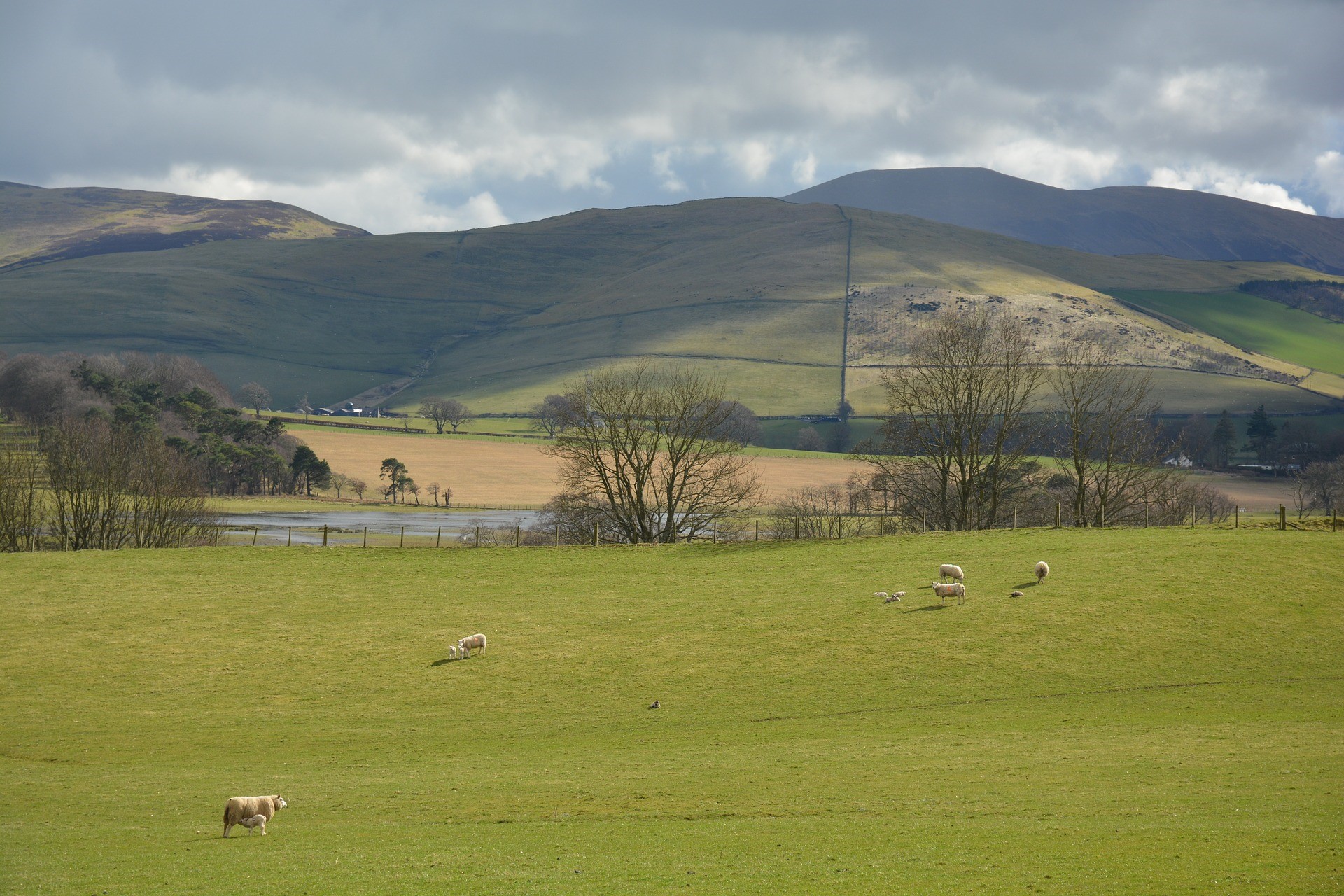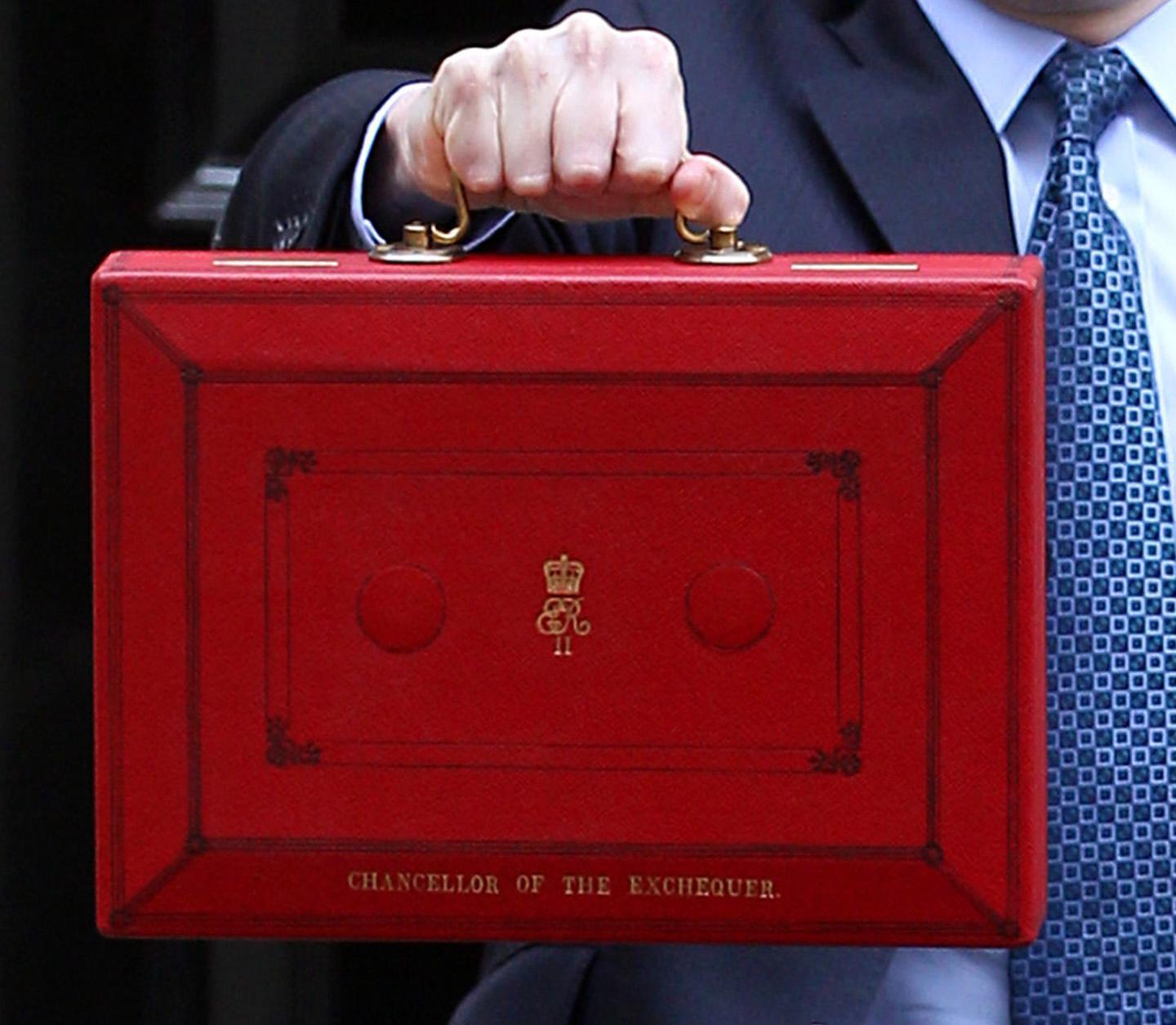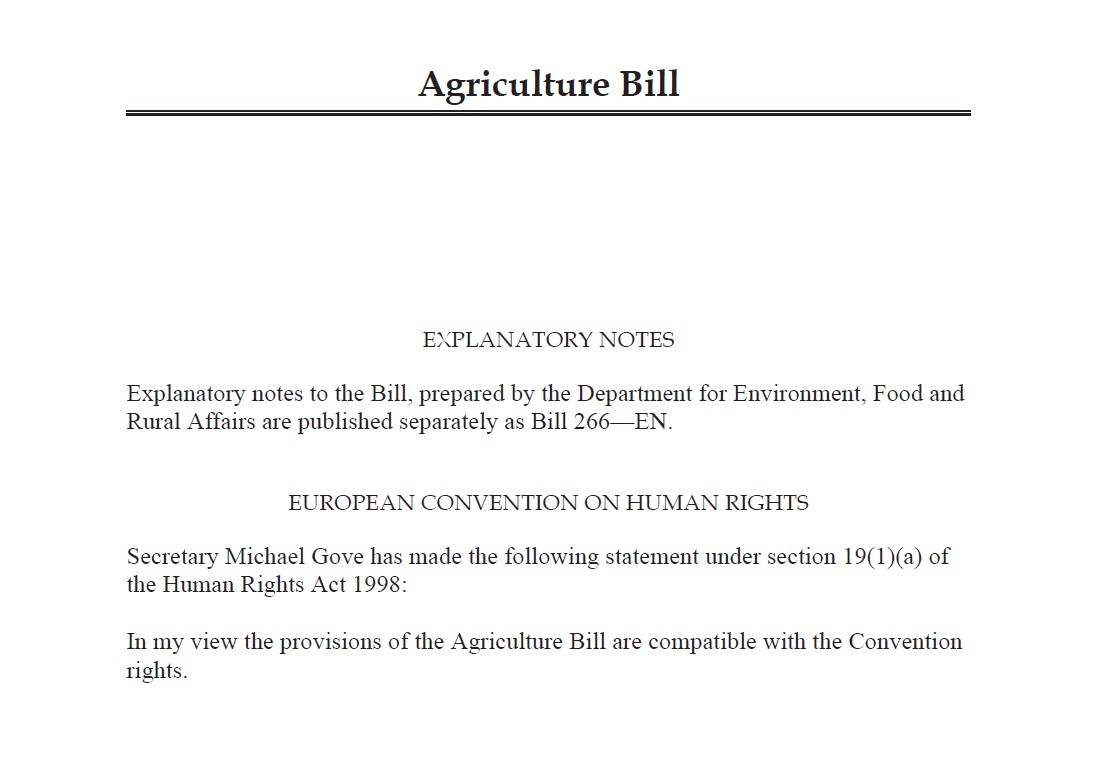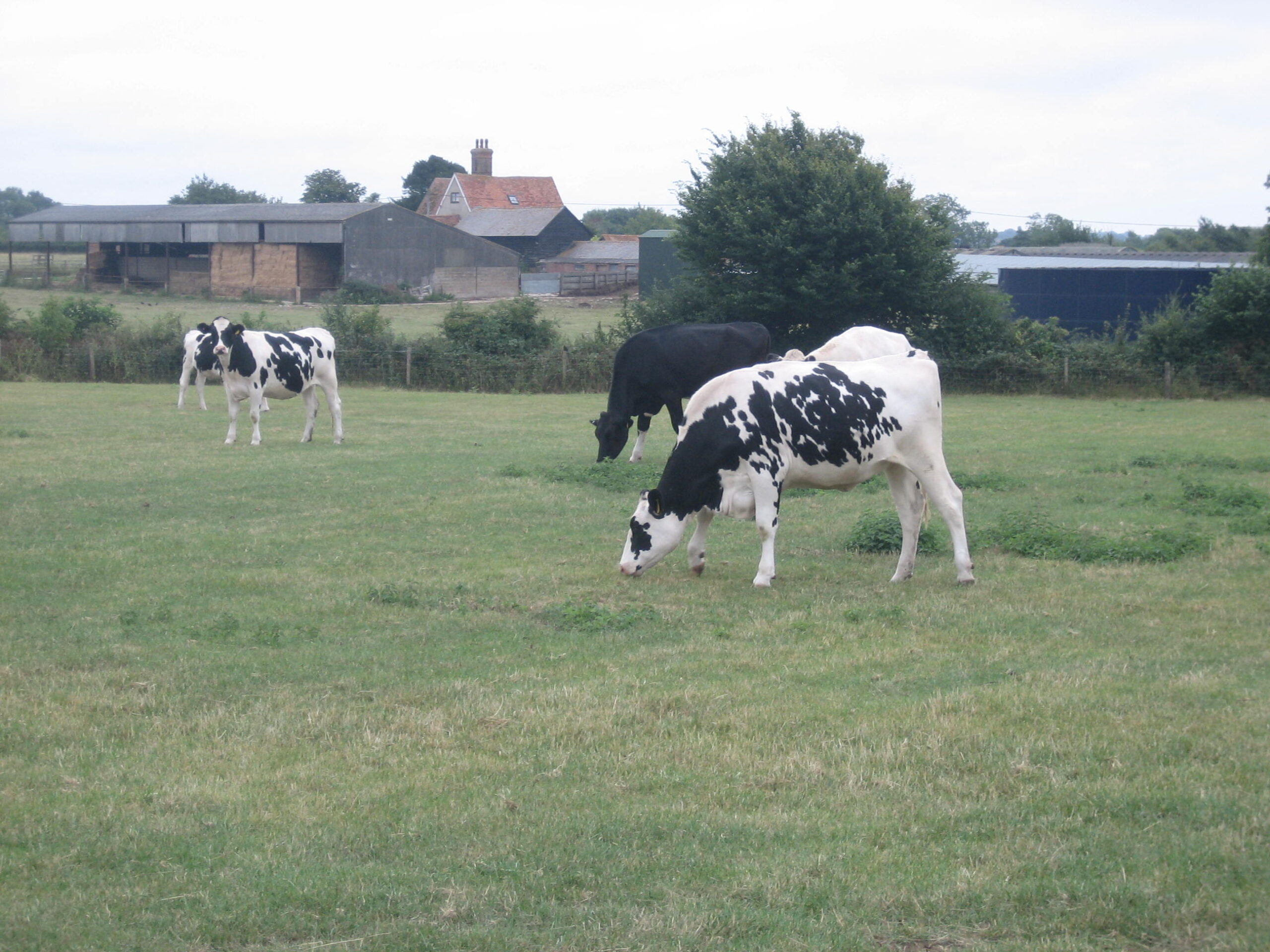The new Agriculture Bill contains some amendments to the tenancy legislation in England and Wales (see previous article https://abcbooks.co.uk/agriculture-bill-2020/). This follows the joint consultation held by both Defra and the Welsh Government back in April 2019, seeking views on reforms to the law (see article https://abcbooks.co.uk/agricultural-tenancy-reform/). The proposals contained in the draft Bill are relatively minor changes. Other proposals included in the earlier consultation, including the more contentious ones including Tenants being able to assign their Tenancy to a third party when they wish to retire and extending the ‘family members’ eligible of succession rights, will be considered further. The current changes include:
- removing the ‘Commercial Unit Test’ under the succession provisions of AHA tenancies, which currently prevents those already occupying a commercial farm from succeeding to an AHA tenancy. There will also be an update to the ‘Suitability Test’ to more of a ‘business competence test’
- amendments to the 1986 Agricultural Holdings Act (AHA) to allow a third party to be appointed to resolve a rent dispute at any time up until the rent review date. At present, this has to be made at the time of a s.12 notice, 12 months beforehand
- amendments to the 1986 Agricultural Holdings Act (AHA) to allow a third party to be appointed to resolve a rent dispute at any time up until the rent review date. At present, this has to be made at the time of a s.12 notice, 12 months beforehand
- amendments to both the 1986 Act and the Agricultural Tenancies Act 1995 (the FBT legislation) to include both the President of the CAAV and the Chair of the ALA to make appointments of arbitrators. Currently this is just restricted to the President of the RICS
- amendments to the 1986 Act to allow for regulations to be made to enable a Tenant to refer to dispute resolution requests for variation of terms or Landlord’s consent
- removing barriers which currently dis-incentivise Landlords from investing in their AHA holdings. This will see changes to the 1986 Act so that if the Tenant has agreed to make payments to the Landlord for improvements that are wholly or partly financed by the Landlord, such payments will be disregarded from rent considerations, similarly any benefit from the improvement to the Tenant will also be disregarded
- updating the retirement provisions for Council farm Tenants. This will see the retirement age of 65 in a Case A Notice to Quit being replaced with ‘the tenant’s pensionable age’ using the ages included in the Pensions Act 1995
- amendment to the 1986 Act, so that applications for succession on retirement can be made at any age. Currently the Tenant must be at least 65 years old.
